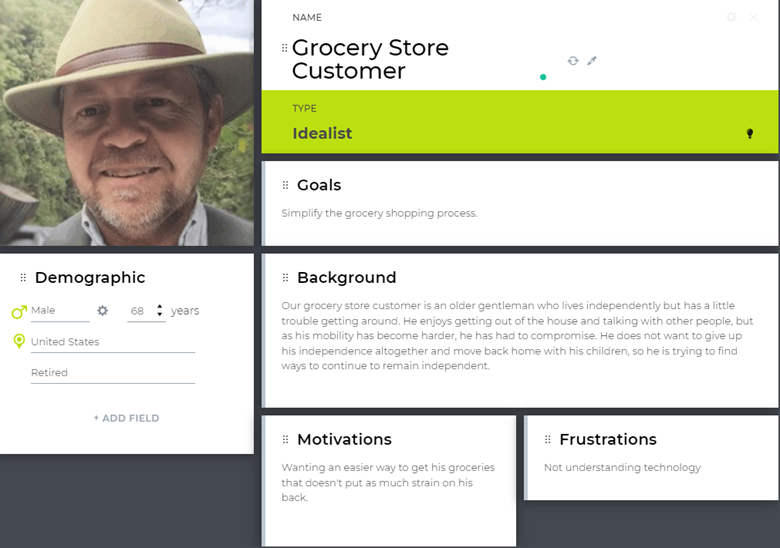Unit 1 — Designing for a Specific Audience
In this first unit on Designing for a Specific Audience, you’ll focus on the user, the reader, the viewer, the audience—we have a lot of words to choose from when describing who uses our documents. We do not write at work for the purpose of admiring our own writing—we write so that others may learn something, make a decision, or take action. To do this, we have to know who those others are and try our best to understand them and their needs. We ask a lot of questions in this process!
What do you need to know about your audience?
- Who exactly is the audience? (Who will, or who should, use this document/communication?)
- What are their demographic characteristics?
- What is the audience’s role?
- How does the audience feel about the subject?
- How does the audience feel about the sender?
- What form (conventions) does the audience expect?
- What is the audience’s task/goal?
- What is the audience’s knowledge level?
- What other factors influence the rhetorical situation?
Once we identify answers to the above, we can work to fine-tune our communication through deeper audience analysis. This process, at times, involves creating personas.
Personas are representatives of real users that will be interacting with your website or product. These personas are ideally based on research and web analytics; however, there will be times when you must create personas that are based on assumptions and not data. This is known as a proto persona.

When creating your own persona, you can ask yourself this handy list of questions found at Usability.Gov.
If thinking about who your readers are is new to you, you may want to take a few minutes to learn more about the role empathy plays in design thinking. It is common in most industries today to follow a process that mirrors (to some extent) design thinking—a process of design that often begins with imagining yourself as the user. By empathizing with your user and attempting to understand how they will approach and use what you design, you have a stronger chance of creating something that will meet them where they are and help them achieve their goals.
In this unit, you’ll learn about the importance of audience analysis and more about how an understanding of audience impacts design choices.
Media Attributions
- Persona Example © Sam Malone
User personas are archetypical users whose goals and characteristics represent the needs of a larger group of users
